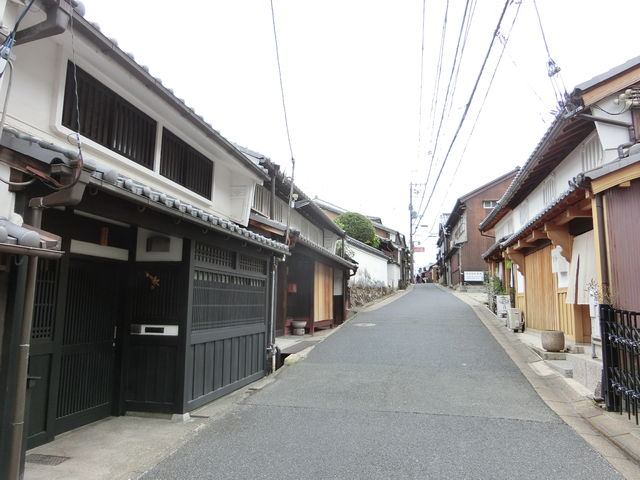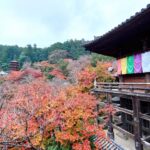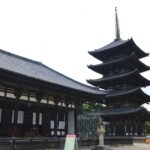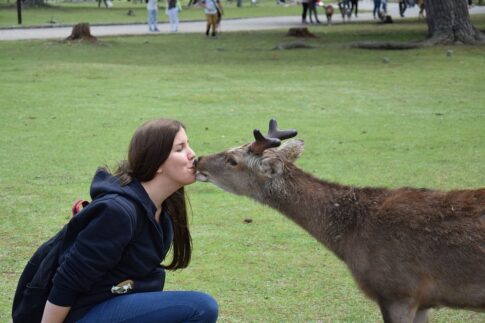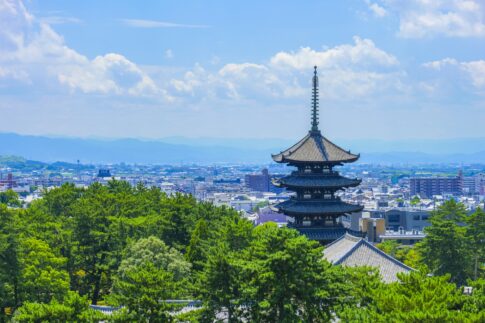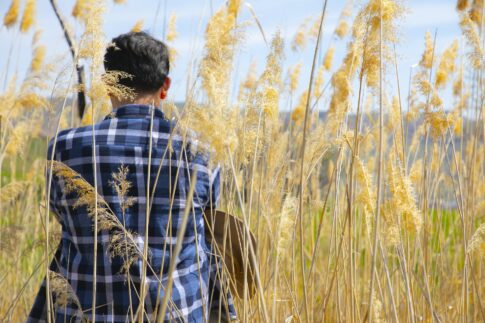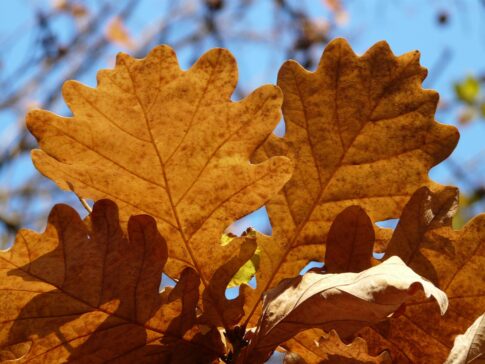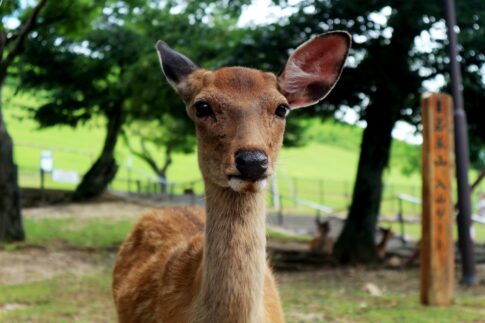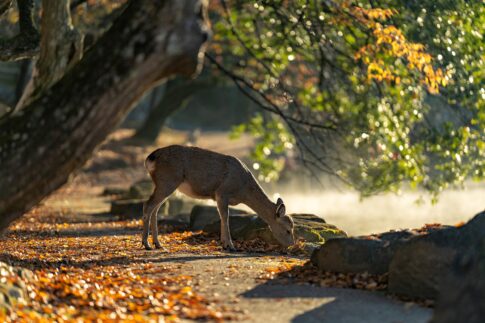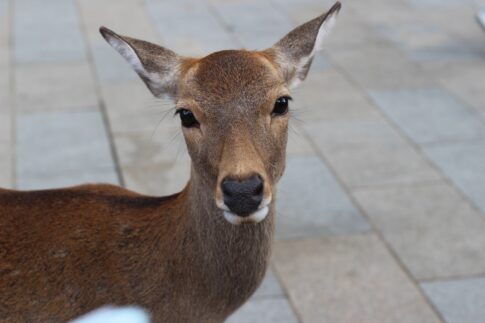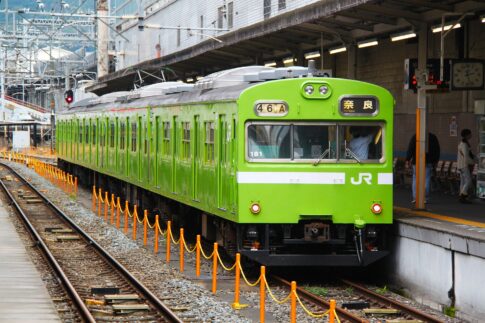Naramachi is located in the old city center of Nara City, Nara Prefecture, and is a rare area that still retains a strong sense of the good old Japanese lifestyle.
When you think of Nara, you may think of Nara Park and the Great Buddha of Todaiji Temple, but recently, Naramachi has been featured on tourist websites and in tourist magazines as one of Nara’s representative tourist attractions.
3things for Nara travelers to do in Naramachi
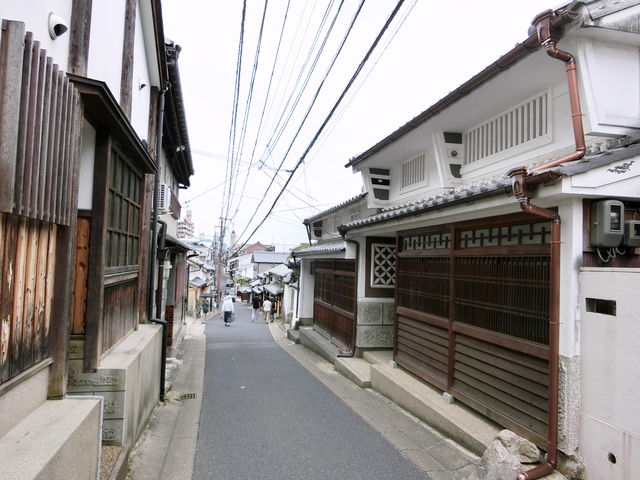
1. Basic Information
Naramachi is lined with shrines and temples, including the World Heritage-listed Gango-ji Temple, historic buildings, and fashionable restaurants, cafes, and general merchandise stores in renovated old private houses.
What makes Naramachi different from other sightseeing spots is that visitors can wander around historical spots and stores while taking a leisurely stroll through the city, rather than visiting temples such as Todaiji and Kofukuji.
Many of the sightseeing spots in the Naramachi area are free of charge.
Although it is a little far from the station, the Naramachi area is not large, so you can almost make it around in a day on foot.
It would be a shame to leave just to see the Great Buddha at Todaiji Temple and play with the deer in Nara Park! If you come to Nara, be sure to visit Naramachi as well.
2. History of Naramachi
Naramachi refers to the area centering on the former precincts of the World Heritage Site of Gankoji Temple.
The history of Gango-ji Temple dates back to 718, when Asuka’s Hoko-ji Temple (Asuka-ji Temple) was moved to Heijo-kyo Capital as Gango-ji Temple.
It is said that the temple was moved to the Heijo-kyo Capital in 718.
Naramachi is the “outer capital” of the Heijo-kyo Capital and has a long history of development based on the pathways of that time.
Since the transfer of the capital to Heijo-kyo, Naramachi has been developing from a town of shrines and temples to a town of commerce, and from a town of commerce to a town of tourism.
It has also experienced a series of ups and downs in various historical backgrounds, from a town of shrines and temples called “Nanto” to a town of commerce, and from a town of commerce to a town of sightseeing.
Naramachi, which still retains the merchants’ houses from the end of the Edo period to the Meiji period, provides visitors with a peaceful and relaxing atmosphere.
Naramachi, which still retains the merchants’ houses from the late Edo period to the Meiji period, provides visitors with a sense of comfort and relaxation, and even nostalgia at times.
3. Enjoying Naramachi Townscape
The streets of Naramachi have unique characteristics. Please take your time to walk around and find all of them.
We will explain some highlights of it.
- Frontage
Townhouses in Naramachi are characterized by their narrow frontage and deep depth.
This is said to be due to the fact that taxes were levied in the past based on the size of the frontage, as well as the wisdom of wanting to face the main street.
- Lattice
The front of a machiya has a lattice door that helps regulate sunlight and airflow, making it difficult to see the inside from the outside.
- Mud wall
In the Takahata neighborhood facing the road leading to the old Yagyu Kaido “Takizaka-no-michi,” a calm townscape with massive earthen walls can be seen.
The walls are not painted with white plaster, but are characterized by their rustic appearance that reveals the color of the soil.
- Box staircase
Box staircases with drawer storage at the bottom of the staircase are found in tatami rooms.
Over its long history, this structure has been devised to make full use of the limited land and space available.
- Scapegoat Monkeys
Decorations made of red cloth are often seen at the eaves of Naramachi.
These are amulets in the shape of “Koushin-san”‘s guardian deity, “shin”.
It is called “Scapegoat Monkeys,” because it takes the place of the god and protects you from disasters.
Hanging from the eaves of private homes and merchants’ houses, they have become a Naramachi tradition.
4. Visiting Sightseeing Spots around Naramachi
- GANKOJI Temple
Gankoji Temple is a temple of the Shingon Ritsu sect (Shingon Rishu) located in the Naramachi area.
The oldest temple in Japan, Asukadera Temple, is its predecessor, and it is also a temple of high historical value dating back to the Asuka Period.
In recognition of its value, the temple was registered as a World Heritage Site in 1998 as one of the “Cultural Properties of Ancient Nara.
One of the highlights of Gango-ji Temple is the East Gate, which is located at the entrance to the temple grounds and is designated as an Important Cultural Property.
The East Gate is said to have been built in the Kamakura period (1185-1333) and has a long history.
- Naramachi Museum
The Naramachi Museum is located in the center of the Naramachi area and exhibits various folk tools, Buddhist statues and other artifacts from Nara Town.
Visitors can enjoy looking at various items that tell the history and lifestyle culture of Nara up close and personal.
5. Walking in the Old Japanese Style Streets
To get to Naramachi, first go to “Kintetsu Nara Station” or “JR Nara Station”.
You can also go to Naramachi from JR Nara Station, but it is a bit far and more than a 20-minute walk, so we recommend that you go to Kintetsu Nara Station.
There is a bus service from Kintetsu Nara Station to Naramachi, but many tourists head directly to Naramachi on foot.
Walking along the shopping street, looking around at the stores, you will arrive at Naramachi surprisingly quickly. So we recommend to walking through the town if the weather is nice.
Summary
There are many buildings full of emotion in Naramachi, and just walking around here will make you feel as if you have stepped back in time.
The charm of Naramachi is that you can enjoy the good old Japanese architecture as you stroll around.
Please go around there when you travel Nara!
